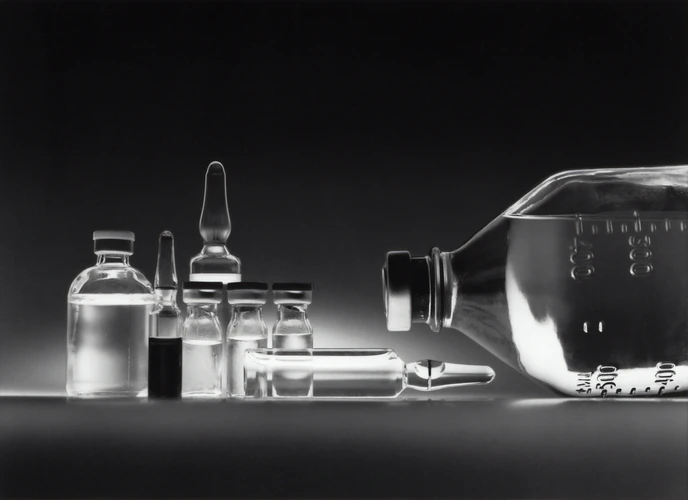Go Glamorous Beauty
October 29, 2020How To Make Travel Easier With Maps
October 30, 2020Logistics and storage are some of the most important aspects of the modern industry. The amount of planning and time put into it is second to none. If you’re in business, you know that designing a thing and making a thing accounts for only a fraction of what it takes to get it to market. Multiply that by a thousand and you get the white-glove treatment that’s applied to medical equipment. That’s not to say that medical equipment is better or worse as a product. It just means that there is a bit more that goes into storage and transfer than other items. A chemistry analyzer is going to be more fragile than a paperweight. Here we’ll go over how to safely store and transfer sensitive medical equipment.

Safety Data Sheets
Here, we’ll delve into the specific nuances, including the crucial difference between MSDS vs SDS, to ensure the safe storage and transfer of sensitive medical equipment.
The first thing you want to look at before transferring anything is the SDS. SDS stands for “safety data sheet” and it is present in most medical products. Every online store that sells medical equipment will have these documents readily available. Once you learn more about SDS, you can accurately gauge what kind of caution you need in storage and transport. This can often influence cost and courier service as well. Do you think a noxious chemical is more difficult to ship than a box of masks? Of course. It only makes sense. With an SDS you get to provide an outline for everyone from QA officers to Port Authority.
Expiration Dates
Anything that you handle that’s associated with the medical world has an expiration date. This isn’t exclusive to reagents, either. This is true of all things. Why? It has less to do with whether something inert can decompose or not. It has more to do with the packaging and seal being compromised. If you want to use medical equipment, it has to be sterile. There are very important details associated with keeping a level of sterility in that world. If you have a set of materials, you need to know how long they can be stored before the packaging can be deemed as compromised. If you forward the product to a hospital and it’s expired, none of it can be used. There is no such thing as “oh, it still looks fine” or “oh, it has barely expired”. Using expired materials can compromise a diagnosis and lead to heavy lawsuits. Beware.

Temperature and Humidity
Temperature and humidity are crucial for fluid mediums and reagents. If you’re handling anything for chemistry, lyophilisate, or frozen materials, you need to pack them in the specific way that it is intended. Let’s say you have chemistry reagents that need to stay frozen. You’re going to have to pack them in a subzero environment. There are no ifs, and, or buts about it either. If a package arrives at a facility and they see that the product has gone above a specific temperature, they’ll reject it and send it back. When it comes to things like reagents, a single box of a product can be worth a brand new Mercedes. Again, be cautious.
Medical equipment is both lucrative and educational. But if you want in on this business, you have to heed quality assurance guidelines. If you can do that, you’re on the way to a wonderful future in the medical supply world. Good luck!
